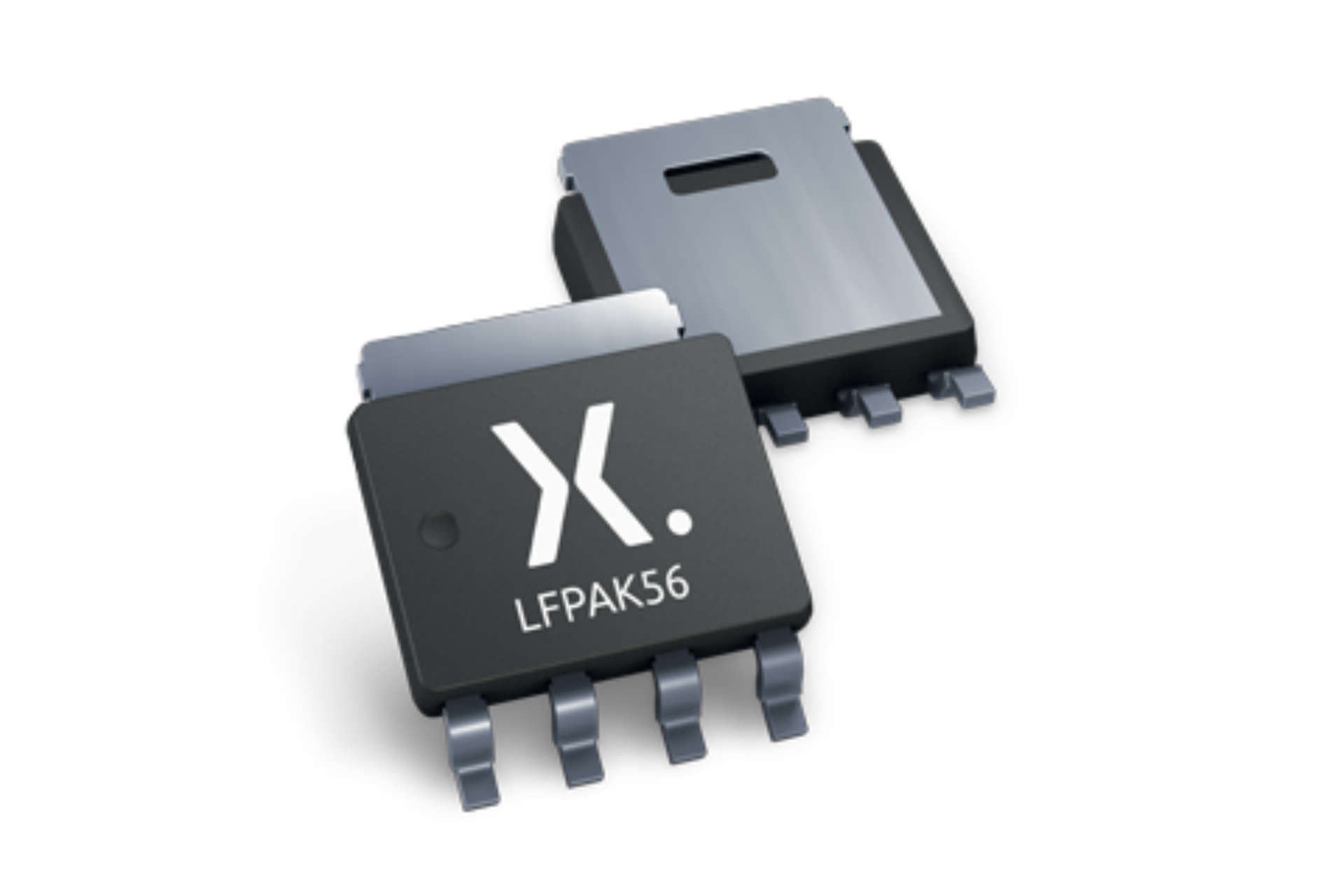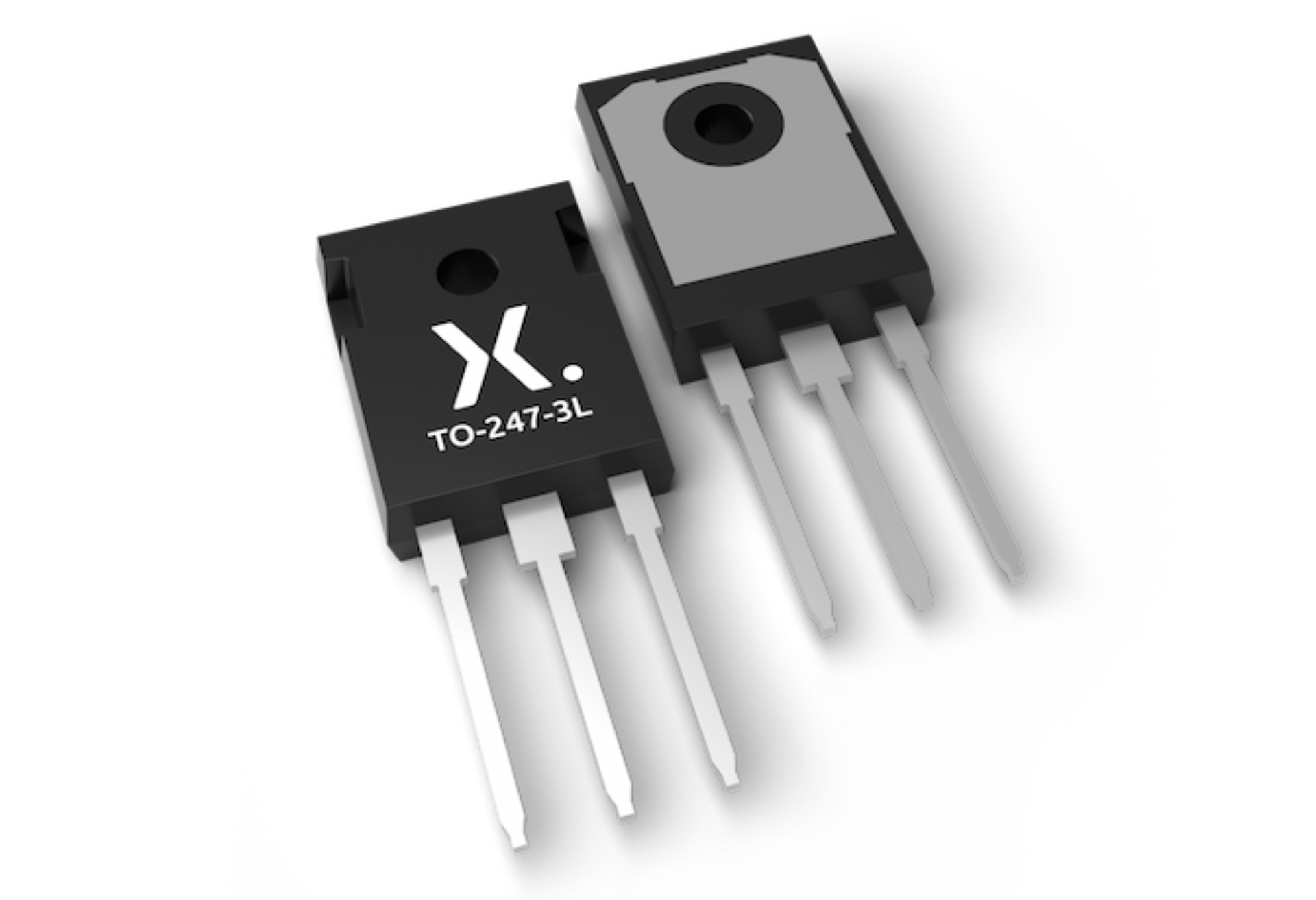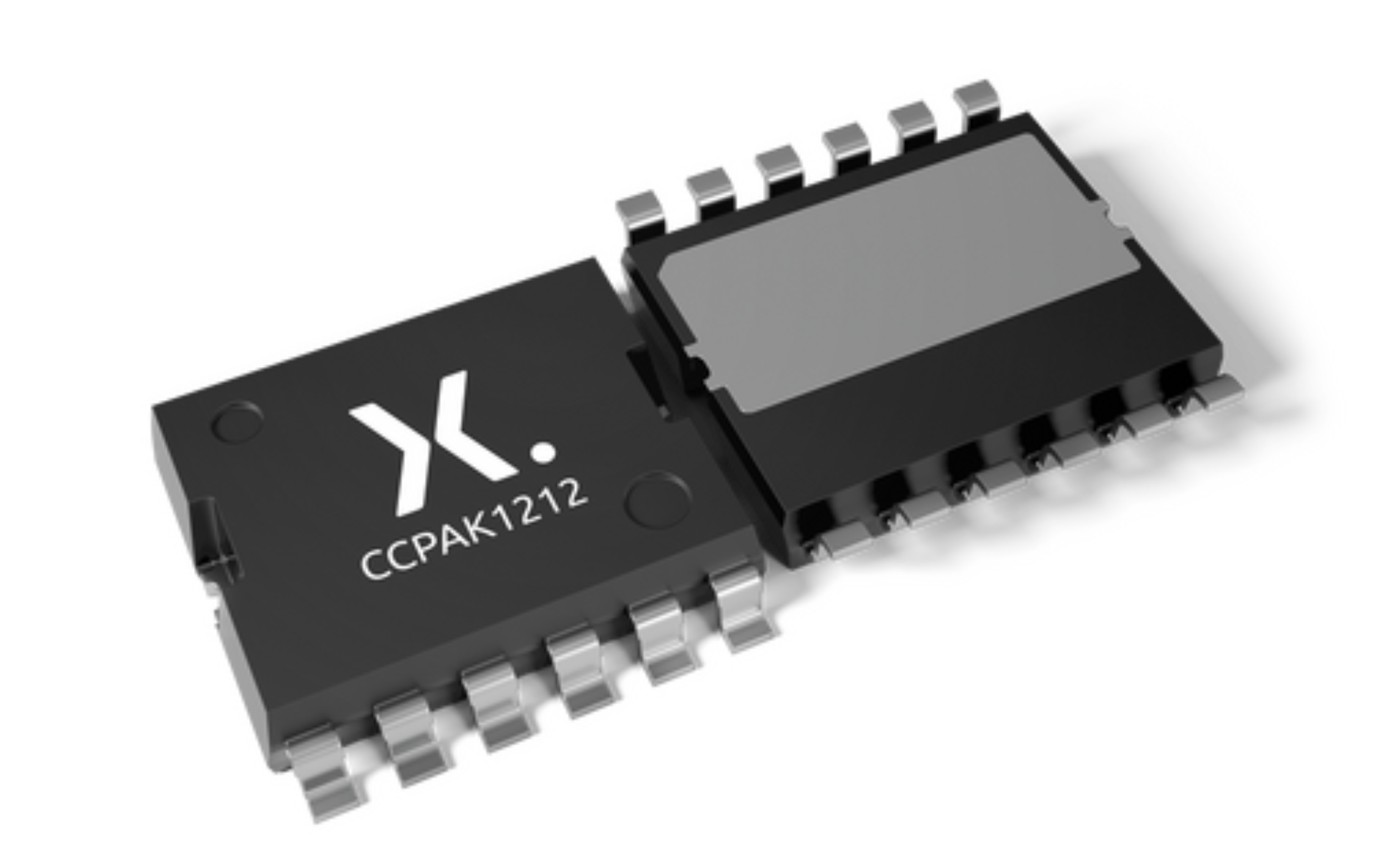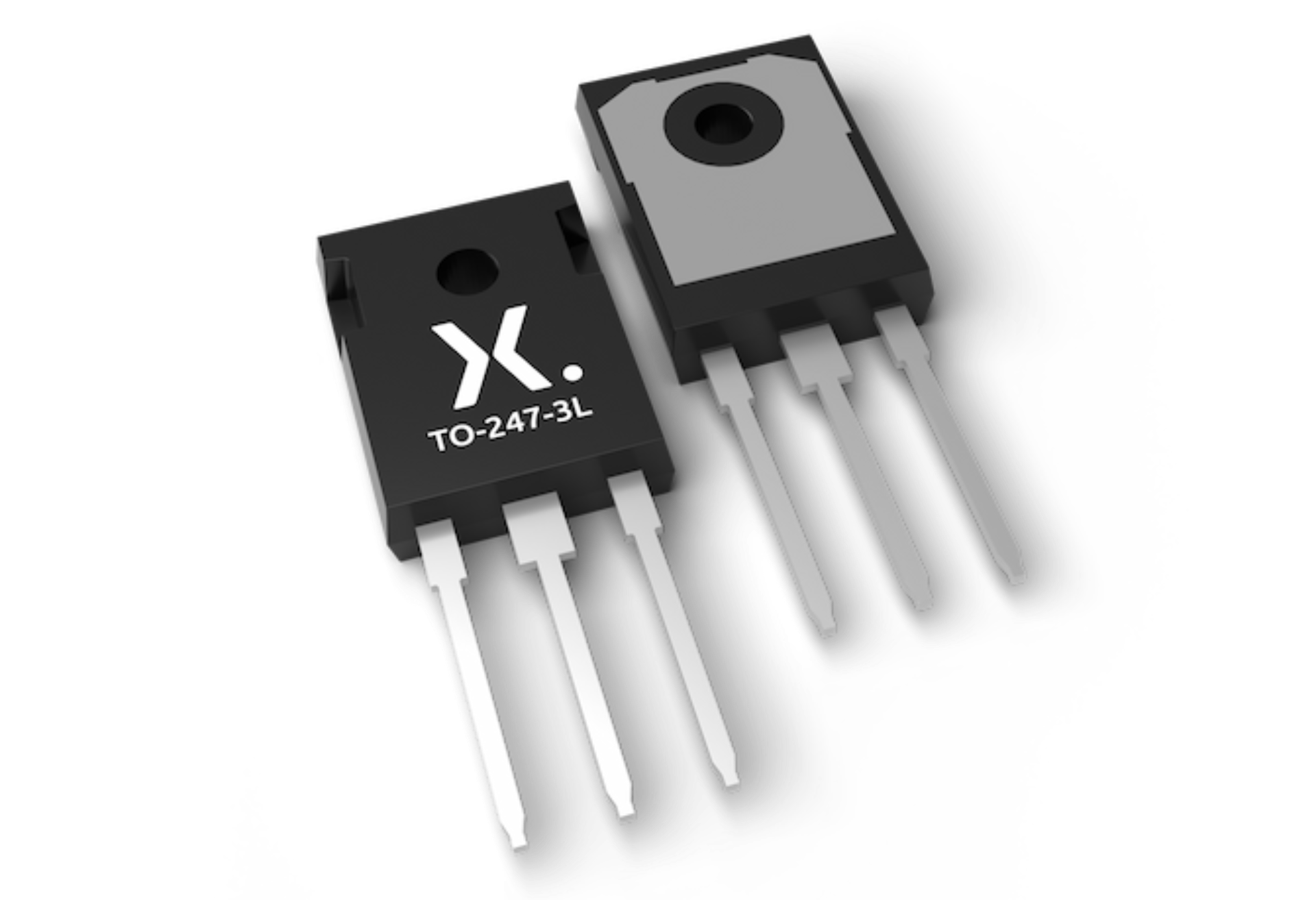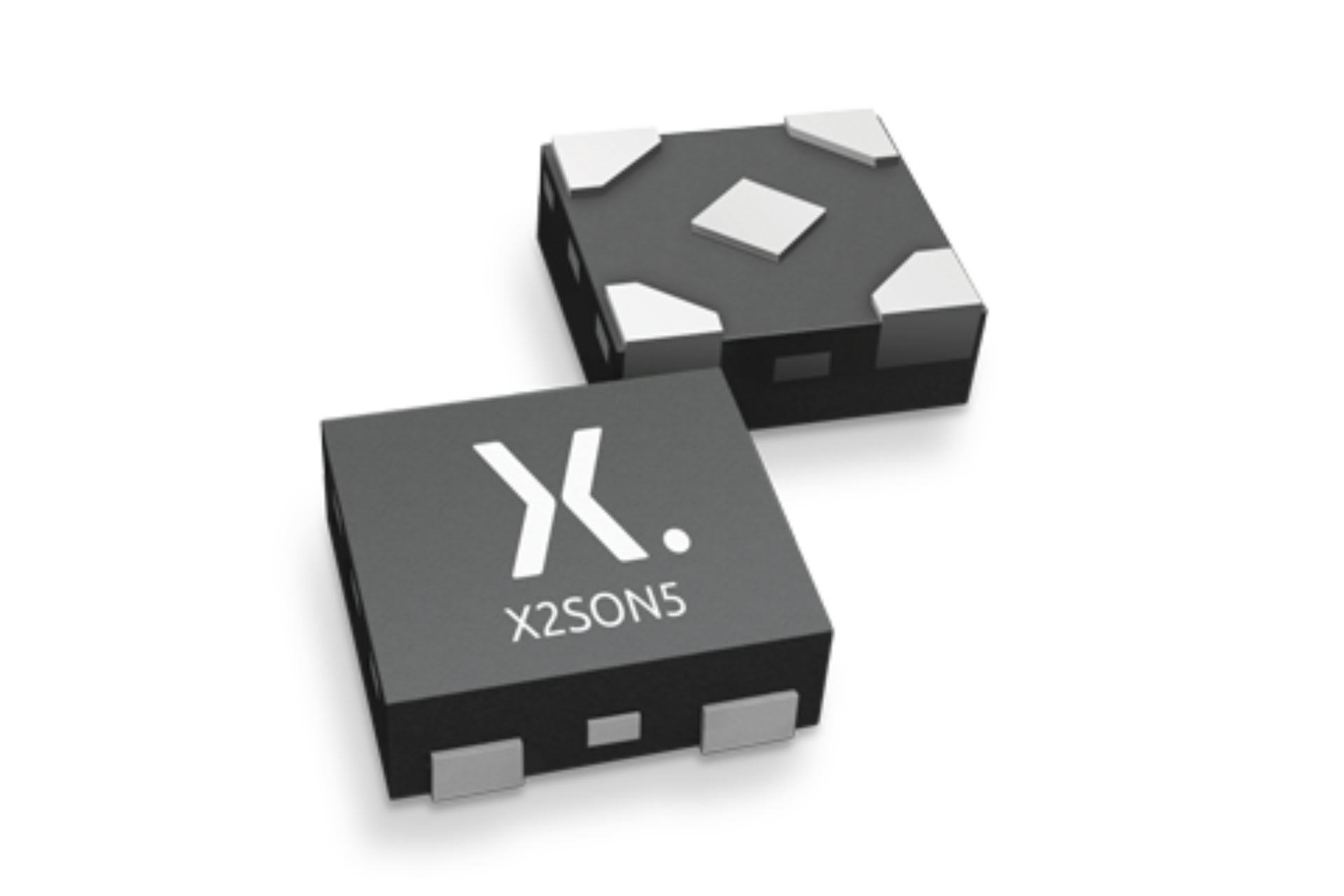Environmental Standard Letters
The content of this page reflects a large part of our standard processing, however there may be exceptions.
Please contact us if further clarification is needed.
Providing products that are free of hazardous substances is Nexperia’s priority. Nexperia has a proactive environmentally preferred products program that works across the company. These activities are managed by the Environmental Compliance Organization (ECO) – Products team. The goal is to provide you with products that comply with regulatory and customer-defined restrictions on the use of such substances and minerals.
Nexperia environmental certifications
| Compliance topic | Description |
|---|---|
| CA65 Prop | The Safe Drinking Water and Toxic Enforcement Act of 1986 (Proposition 65) protects California’s drinking water sources from being contaminated with chemicals known to cause cancer, birth defects or other reproductive harm. |
| CE/CCC Marking | This document explains why Nexperia discrete devices, integrated circuits, and power-semiconductor modules are not subject to EU CE or China CCC marking requirements. |
| CN RoHS Declaration | This document declares that Nexperia products comply with China RoHS, summarizing restricted-substance content, applicable exemptions and product labelling. |
|
The CMRT is a reporting template that facilitates the transfer of information through the supply chain regarding mineral country of origin and smelters and refiners being utilized. The reporting is mandatory for US publicly listed companies by Section 1502 of the 2010 Dodd-Frank Wall Street Reform Act (US HR-4173). |
|
| ELV Declaration | The EU End-of-Life Vehicle Directive, 2000/53/EC, regulates the presence of lead, cadmium, mercury and hexavalent chromium in vehicles. ELV authorizes continued use of lead where no feasible alternatives are available. |
|
Article 58 BPR of EU Regulation No. 528/2012 regulates the usage of biocidal products made available on the market or used in the EEA and Switzerland. |
|
| EU RoHS Declaration | The EU Restriction of the use of Hazardous Substances (RoHS) Directive 2002/95/EC took effect in 2006. Its 2nd replacement, Delegated Directive (EU) 2015/863 entered into force in 2019. RoHS applies to certain electrical & electronic equipment that are put on the market in EU member countries. RoHS may authorize continued use of lead where no feasible alternatives are available. |
| The EMRT is a standardized reporting template developed by the Responsible Minerals Initiative to identify choke points and collect due diligence information in the cobalt and mica supply chain in accordance with the internationally recognized frameworks of the OECD Due Diligence Guidance and the UN Guiding Principles for Business and Human Rights. | |
| Halogen/Antimony Free Declaration | Nexperia strives to limit the use of halogenated/antimony flame-retardants in its products. |
| ODS Declaration | The Montreal Protocol is a global agreement to protect the ozone layer by phasing out ozone-depleting substances. In support of this, the EU adopted Regulation (EU) 2024/590 to strengthen its ozone protection efforts. |
| POP-Free Declaration | Nexperia certifies that its semiconductor products to not contain any intentionally added Persistent Organic Pollutants (POPs) as defined by the Stockholm Convention and its European implementation, Regulation (EU) 2019/1021. |
| PFAS | Man-made per- and polyfluorinated alkyl substances (PFAS) are under regulatory pressure due to their persistence, bioaccumulation, toxicity and other concerning properties. Nexperia has identified products that contain intentionally added PFAS and is actively seeking for alternatives. |
| Phthalates Free Declaration | Declaration that Nexperia's semiconductor products do not contain Phthalates classified as carcinogenic, mutagenic or toxic to reproduction (CMR), category Ia or Ib above limit. |
| PPW Declaration | Directive 94/62/EC, also known as the Packaging and Packaging Waste Directive, aims to reduce the environmental impact of packaging and packaging waste across the European Union. |
| Statement which reflects a common understanding of the global semiconductor device manufacturers on the EU REGULATION (EC) No 1907/2006 OF THE EUROPEAN PARLIAMENT AND OF THE COUNCIL of 18 December 2006 concerning the Registration, Evaluation, Authorization and Restriction of Chemicals (EU REACH) as well as the Nexperia specific situation regarding EU REACH. | |
| Red-Phosphorus-Free Declaration | Nexperia’s semiconductor products are free from any intentionally added red phosphorus. |
| SDSs | This letter explains why Safety Data Sheets (SDS) are not issued for Nexperia semiconductor products and lists the alternative compliance information we provide. |
| Statement on TSCA | The Toxic Substances Control Act (TSCA) was amended by the Frank R. Lautenberg Chemical Safety for the 21st Century Act, by issuing five chemicals to reduce exposures to certain chemicals that are persistent, bioaccumulative and toxic (PBT). |
| For Nexperia products containing SVHCs in excess of 0.1 % w/w, Nexperia is creating package-level SCIP notifications. | |
| WEEE Directive | The purpose of EU Directive 2012/19/EU is to regulate the disposal and recycling of waste electrical and electronic equipment (WEEE) in order to reduce environmental impact and promote sustainable resource use. |



